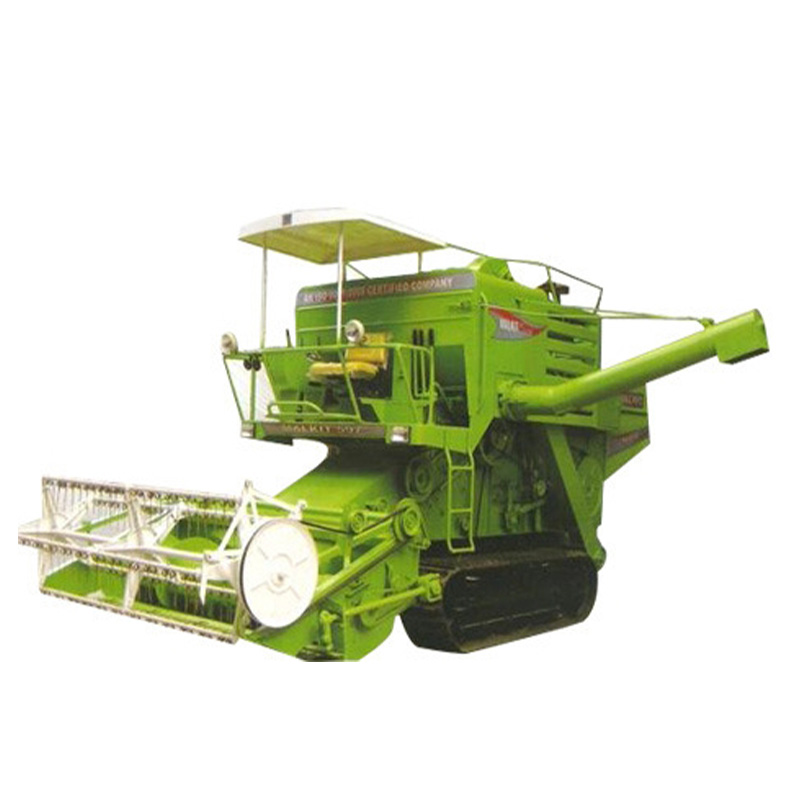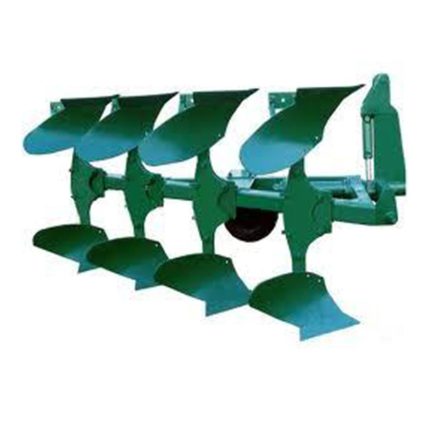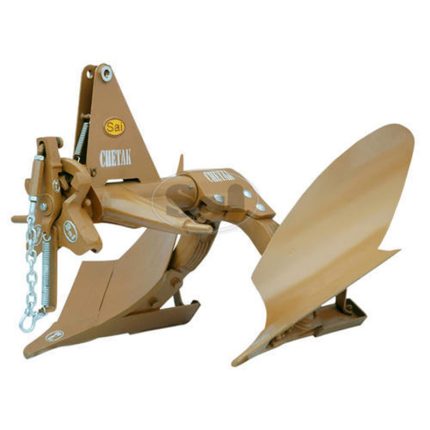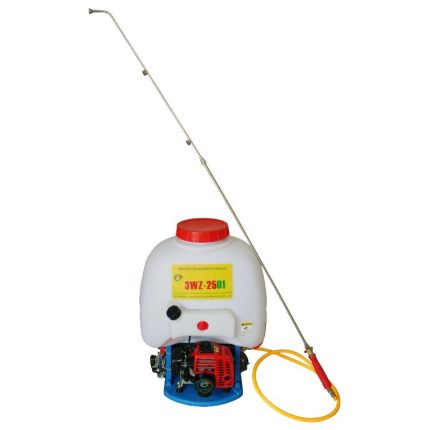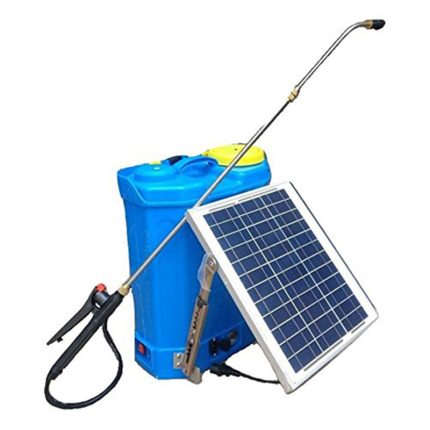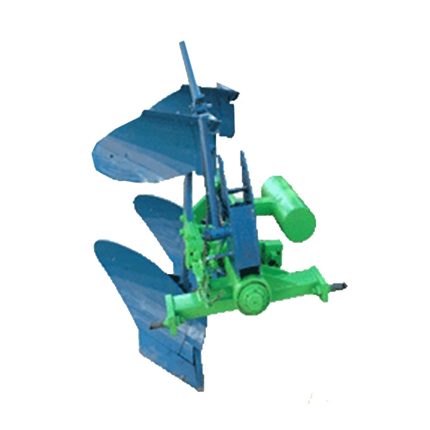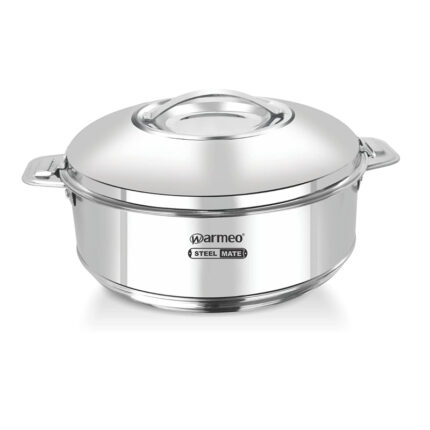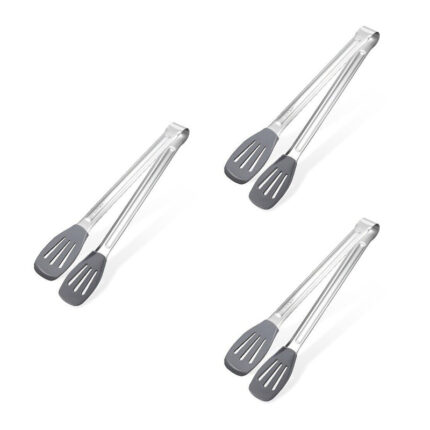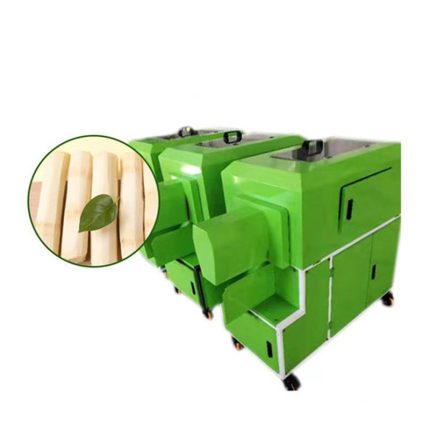Description
Self-propelled combines, also known as combine harvesters, are agricultural machines designed for efficient harvesting of grain crops such as wheat, corn, barley, and soybeans. These combines combine the processes of cutting, threshing, and cleaning the harvested crop into a single operation. They are equipped with a cutting header at the front that cuts the standing crop and feeds it into the threshing mechanism. Inside the machine, the crop is threshed to separate the grain from the stalks and husks, and then cleaned to remove impurities. The harvested grain is collected in a tank on the combine, while the leftover residue, known as straw, is discharged out the back of the machine. Self-propelled combines have their own power source, usually a powerful diesel engine, which drives the combine’s wheels or tracks, allowing it to move through the fields and harvest crops efficiently. They are equipped with advanced features such as automated controls, GPS guidance systems, and grain monitoring technology, making them highly productive and precise in their harvesting operations. Self-propelled combines play a crucial role in modern agricultural practices, enabling farmers to harvest their crops quickly and efficiently, saving time and labor.

